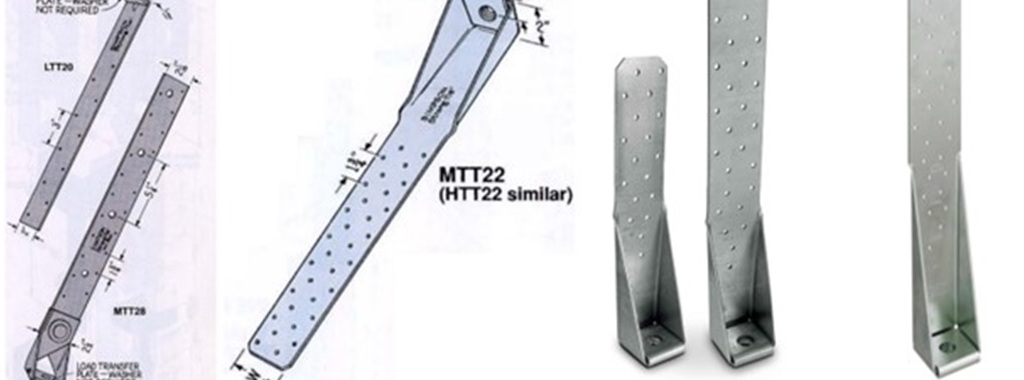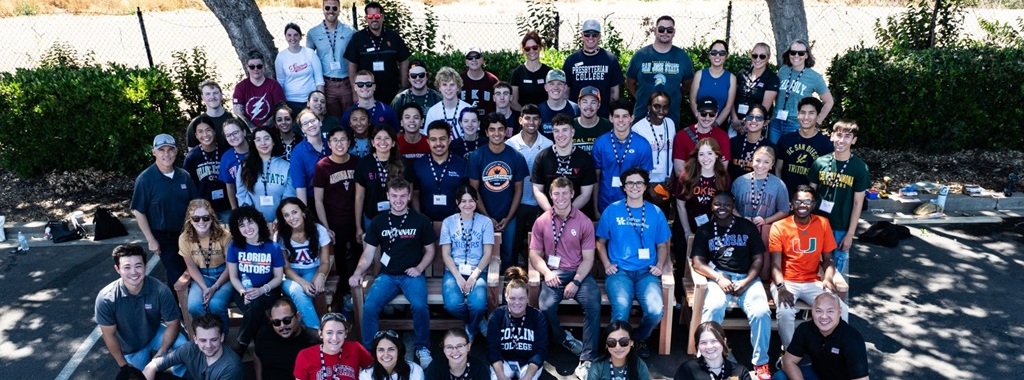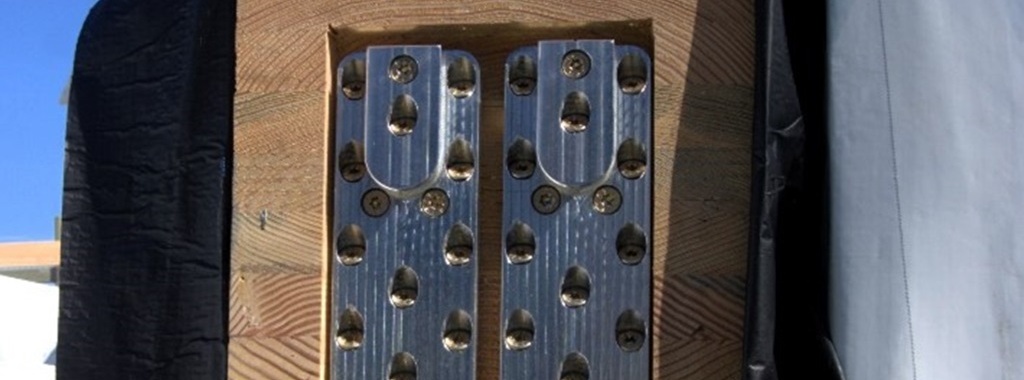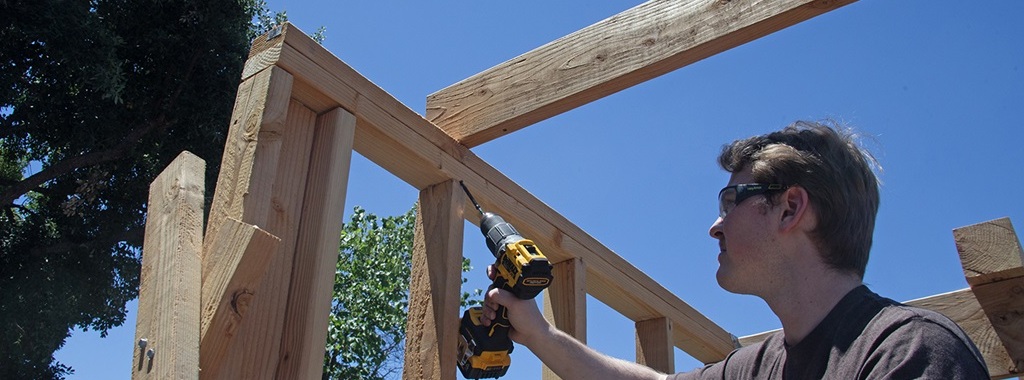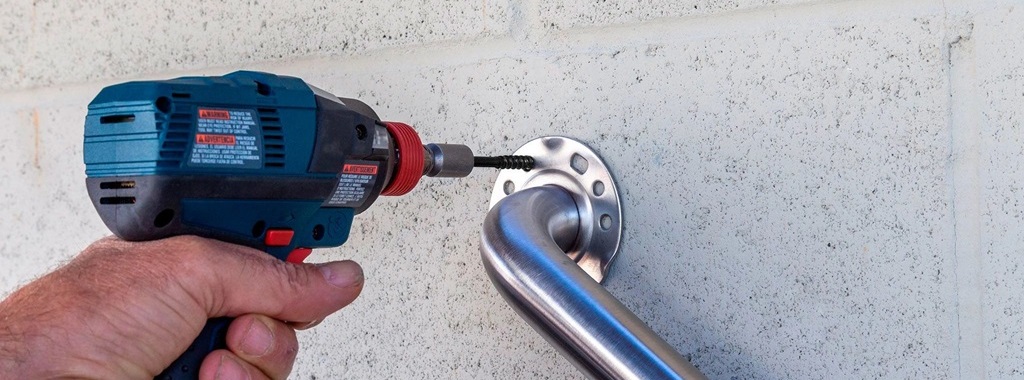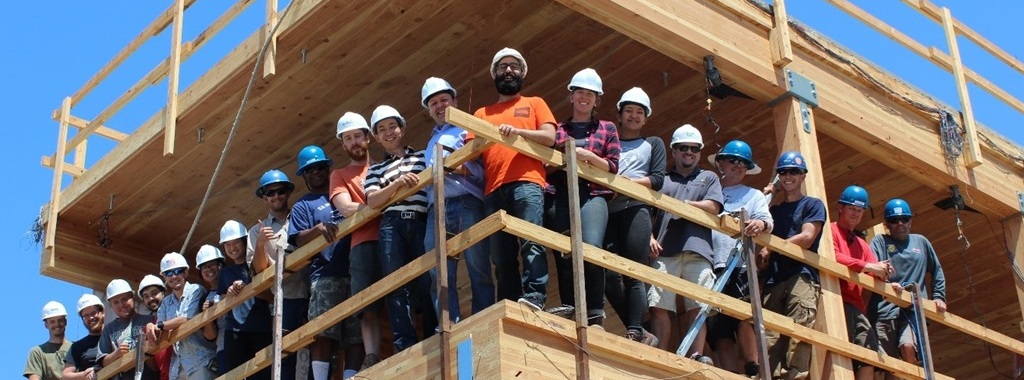The HTTH6.5 heavy tension tie (Figure 1) is designed to meet the growing demands of modern construction. This product combines state-of-the-art design with rigorous testing, offering a robust and reliable solution for high-load applications. Its painstaking engineering and precision manufacturing ensure superior performance even in the most demanding conditions.
A No-Equal Experience: The Simpson Strong-Tie® Student Scholarship Trip
Hear from Koby Stewart, a civil engineering senior at the University of Michigan, as he shares his experience as a Simpson Strong-Tie Student Scholarship recipient. Koby dives into his background in construction and his introduction to Simpson Strong-Tie’s “No Equal” philosophy of excellence. Koby discusses how the experience broadened his professional network and influenced his career plans, including participation in ASCE competitions and pursuing a master’s degree in structural engineering.
Deep Dive into Mass Timber: Q&A from Our Virtual Summit Session
Earlier this year, we hosted our first Virtual Training Summit, featuring 16 industry-related webinars covering a range of topics. Customers could register for up to four events and earn professional credits for each session. One session, “Designing Mass Timber Connections,” focused on mass timber and was led by Simpson Strong-Tie Senior Field Engineer Brian DeMeza and Senior Branch Engineer Kelly Sias. In the following post, they respond to some of the questions that they fielded regarding mass timber applications, advantages, and more following their presentation.
Structuring Success: How Cal Poly’s Team Designed Victory in the 2024 Timber-Strong Design Build™ Competition
Nick Mackechnie, a senior at Cal Poly majoring in civil engineering and minoring in mathematics, recounts his project management role on his Timber-Strong Design Build team, which won at the 2024 Pacific Southwest Symposium. This event challenges engineering students to design and construct a two-story wood-framed building, providing practical experience in structural engineering and project management. Nick discusses navigating the complexities of design, team dynamics, and unique collaboration while sharing valuable lessons and insights.
Putting Engineering into Action: Interning at a Simpson Strong-Tie R&D Test Lab
Meet Tristan St. John, a mechanical engineering student from Colorado State University who joined Simpson Strong-Tie this summer as an intern at the Karen Colonias Research Lab in Pleasanton, California. His work involved assembling designs, selecting wood, and conducting tests using hydraulic presses. Tristan gained insights into the complexities of lab work and the importance of the various testing we do in our labs. The internship provided him with practical experience and exposure to a professional engineering environment, complementing his academic studies.
Learning Beyond the Classroom: The Simpson Fellowship Experience
Steinar Goheen, a fourth-year architecture student at Washington State University, is passionate about historical preservation and aims to work in that field. Recently, they (Steinar) participated in the week-long Strong-Tie Undergraduate Fellowship trip, which comprises educational visits to various Simpson Strong-Tie branches in California, witnessing product manufacturing, and exploring San Francisco, including a visit to Alcatraz. Join Steinar as they recount their educational journey and share memorable moments from the trip.
Concrete Results: The Titen Turbo™ Dust Channel Delivers Dependable Installations
Discover the innovation driving our Titen Turbo concrete screw anchors. In the following post, Ken Cho, Senior Product Engineer at Simpson Strong-Tie, explains how the patented dust channel design simplifies installations, eliminates frustrations and enhances overall efficiency. Revolutionize your concrete fastening projects with our latest offering — now also available in black!
Learning on the Job — Insights from a Mechanical Engineering Intern at Simpson Strong-Tie
Aaron Lim, a recent graduate from UC Irvine, recounts his summer internship at Simpson Strong-Tie in Riverside, CA, where he gained practical experience in manufacturing engineering and learned about lean engineering principles. Under the mentorship of Shoen Davis, Aaron contributed to continuous –improvement projects and appreciated the company’s commitment to community and other core values. His internship gave him valuable insights into the field and solidified his career interests in manufacturing.
From Research to Real-World Application: Pioneering Mass Timber Innovation
Brian DeMeza’s journey from pursuing his Master of Science degree at Oregon State University (OSU) to his current role as a Senior Field Engineer at Simpson Strong-Tie has brought him full circle with his recent involvement in the six-story NHERI TallWood project. His hands-on experience in this project played a pivotal role in shaping his passion and focus on mass timber as a potential career path.
Meet Our 2023 Excellence in Engineering Award Winners
Hien Nguyen and Brandon Winter were our winners this last year for their amazing contributions to the department and company. They both exemplify the Engineering department’s mission of providing world-class innovation, testing and customer support and embody Barc Simpson’s Nine Principles of Business.

